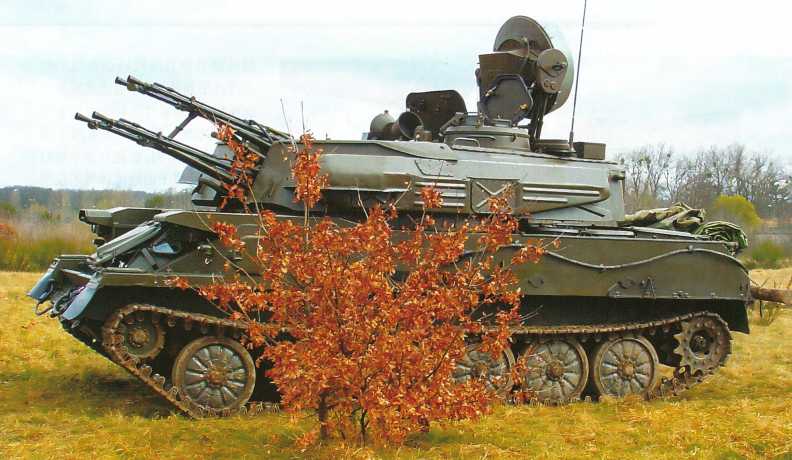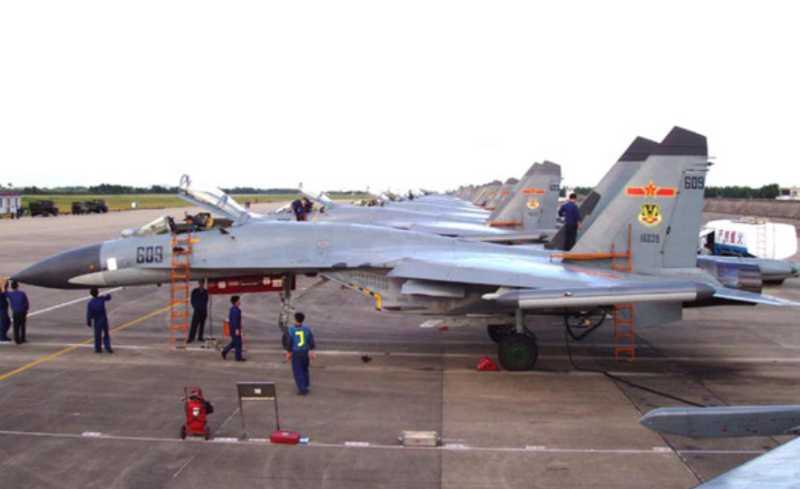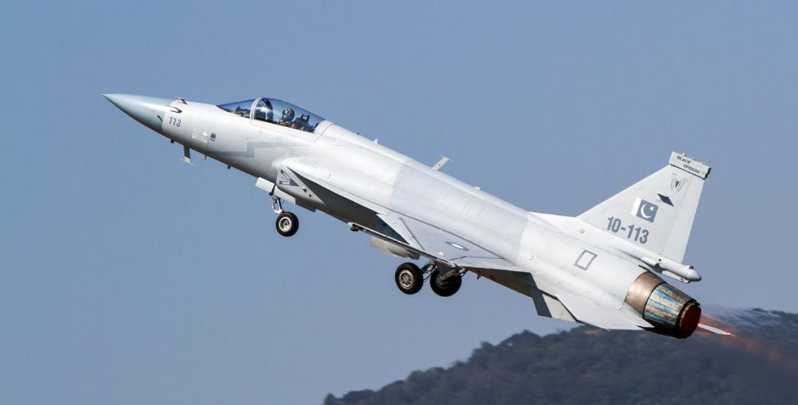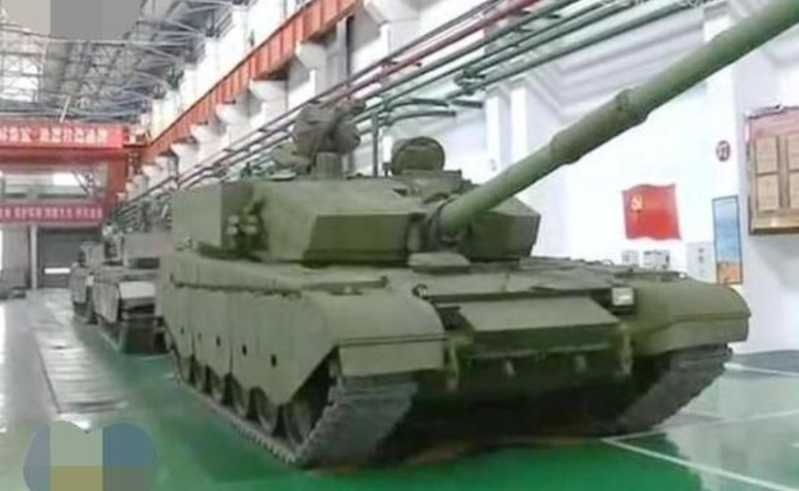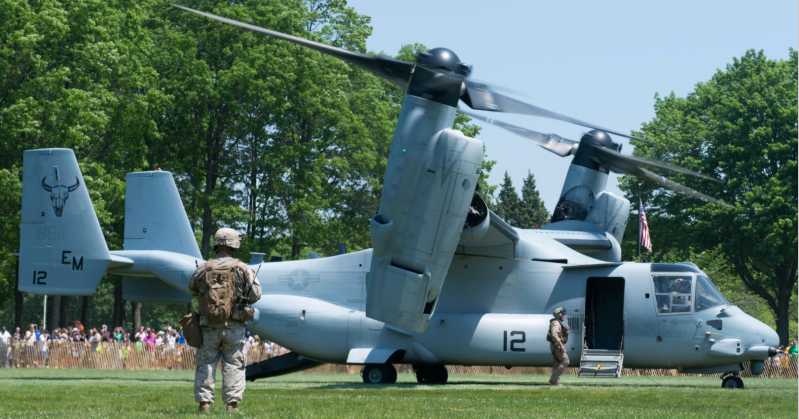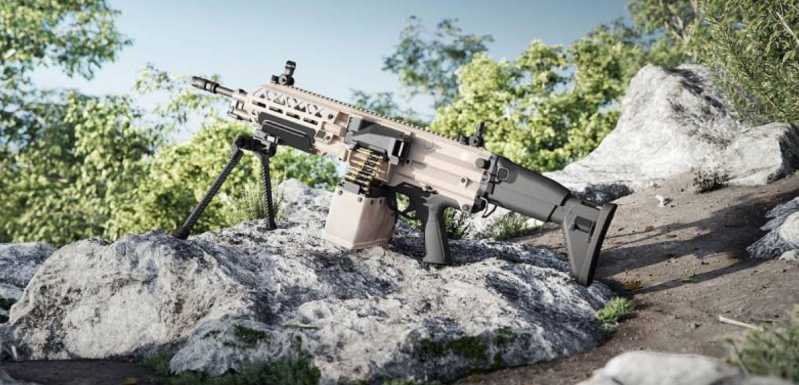During the Russia-Ukraine conflict, Russia has used a large number of old equipment sealed up during the Soviet era, such as the T-80 series tanks and the ZSU-23-4 (also known as the "Shilka") self-propelled anti-aircraft artillery system. Among them, the ZSU-23-4 was once hailed as "the world’s best self-propelled air defense weapon". It was the second-generation self-propelled anti-aircraft gun developed by the Soviet Union in the 1960s, replacing the original ZSU-57-2 self-propelled anti-aircraft gun. Although it is an old weapon, it is equipped with a quadruple machine gun, which can fire alternately to achieve uninterrupted firepower output. It was also called the "iron broom" by Soviet soldiers. Its powerful power was enough to sweep any air force at the time. At this point, does the deployment of another "laid-off and re-employed" classic old weapon on the battlefield mean that the protracted war will soon make Russia run out of ammunition and food? Can the advanced performance of the anti-aircraft guns that the Russian army once prided itself on still be fully utilized in today’s modern battlefields? Can the use of ZsU-23-4 play a role in breaking the current stalemate, and can it effectively deal with Ukrainian drones and other equipment?
Two wars made it famous--a solid "umbrella" for ground armored forces
After the end of World War II, with the improvement of the comprehensive national strength of the two countries under the Cold War pattern of the United States and the Soviet Union, the military development concepts of the two countries diverged. The Soviet army focused on the development of army weapons and equipment, while the US military paid more attention to the struggle for air supremacy. In order to counterbalance the powerful air combat forces such as helicopters and ground attack aircraft of NATO countries, the Soviet military began to develop a batch of mobile, flexible and responsive self-propelled anti-aircraft guns in 1957. The ZSU-23-4 self-propelled anti-aircraft gun, named after a river in the Soviet Union called "Shilka", was successfully developed around 1960. Since its launch, the ZSU-23-4 has participated in wars in the Middle East, Africa, Vietnam, Afghanistan and other places. Since its launch, the ZSU-23-4 has participated in wars in many places such as the Middle East, Africa, Vietnam, and Afghanistan. Since its launch, the ZSU-23-4 has participated in wars in many places such as the Middle East, Africa, Vietnam, and Afghanistan. Among them, the most fruitful results were the Middle East War and the Afghanistan War. ZSU-23-4 was equipped to the Egyptian army in the 1967 Middle East War and formed the main air defense network of the Egyptian Army. It shot down a total of 112 Israeli enemy aircraft, including 31 American enemy aircraft, and caused heavy damage to the advanced fighters of the US and French armies. In the Fourth Middle East War in 1973, the Israeli army seized a batch of ZSU-23-4 anti-aircraft guns and shipped them to the United States for research. Since then, the US military has stipulated that the qualification standard for the development of military fighters and helicopters is to be able to withstand the artillery attack of ZSU-23-4.
Since its launch, ZSU-23-4 has participated in wars in the Middle East, Africa, Vietnam, Afghanistan and other places.
It was successfully developed and began mass production around 1965. Production was stopped in the late 1970s and early 1980s. The total number of production reached more than 6,500, making it the world’s most produced self-propelled anti-aircraft gun. "Shilka" was equipped with the Soviet Army and the Warsaw Pact troops, and it is still in service in the armies of most countries.

Since its launch, ZSU-23-4 has participated in wars in the Middle East, Africa, Vietnam, Afghanistan and other places. Among them, the most fruitful results are the Middle East War and the Afghanistan War. The ZSU-23-4 was equipped to the Egyptian army in the 1967 Middle East War, forming the main air defense network of the Egyptian Army. It shot down a total of 112 Israeli enemy aircraft, including 31 American enemy aircraft, and caused heavy damage to the advanced fighters of the US and French armies. In the Fourth Middle East War in 1973, the Israeli army seized a batch of ZSU-23-4 anti-aircraft guns and shipped them to the United States for research. Since then, the US military has stipulated that the qualification standard for the development of military fighters and helicopters is to be able to withstand the attack of ZSU-23-4 shells.
In 1979, the Soviet army joined the Afghan War and improved a new model based on the characteristics of the Afghan guerrillas, which were small in size, low in density, agile in action, and without fighter assistance. The radar system was completely dismantled, the ammunition reserve could reach 4,000 rounds, and a night vision system was installed. The new Shilka can not only achieve air defense, but also turn into horizontal strikes, sweeping the rebels hiding in the mountain bunkers, and using its powerful firepower to attack the enemy on the hillside, causing the Afghan guerrilla forces to be defeated across the board.
High-altitude dual-purpose--the "four-barreled demon" for low-altitude defense and street fighting
ZSU-23-4 is an improvement on the first generation of optical aiming and human-controlled self-propelled anti-aircraft guns ZSU-57-2 developed by the Soviet Union.
ZSU-57-2 self-propelled anti-aircraft guns use the T-54 main battle tank as the chassis, and are equipped with an open thin-armored rotating turret. The vehicle body consists of an armored chassis, turret, twin-linked guns, engine powertrain, aiming system, communications and firefighting equipment. The ZSU-57-2 self-propelled anti-aircraft gun weighs 28.1 tons, is 8.46 meters long, 3.27 meters wide, and has a crew of 6 people. Except for the driver in the front of the vehicle, the seats of the other 5 crew members are all located in the turret. The whole vehicle is welded with armored steel plates. The thickness of the armor varies from 8 to 13 mm depending on the part, and the protection performance is excellent.
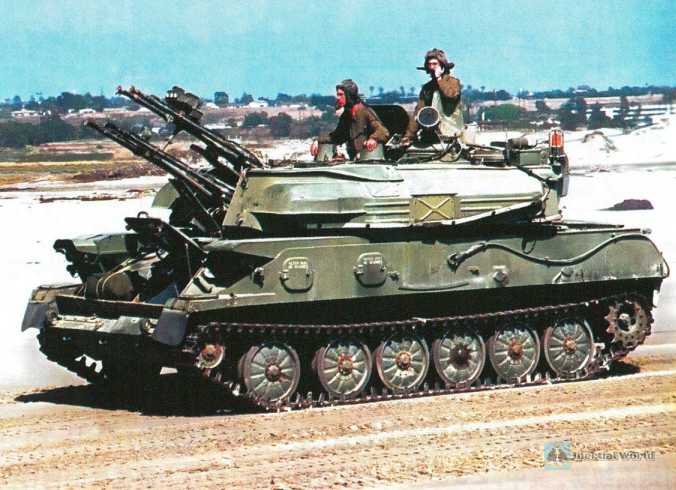
The top of the turret of the ZSU-57-2 self-propelled anti-aircraft gun is open, and there are two parallel gun barrel openings in the front. There is also a small opening at the rear of the turret, which is used to collect empty cartridges and empty magazines during live ammunition shooting. There is a large mesh bag at the rear, which is sent out by a special conveyor belt. The harsh cold of the Soviet winter made it unbearable for the crew of armored vehicles with open turrets to march and fight in winter, so the vehicle was specially designed with a folding canvas windshield. The cover is made of thick canvas, the light steel frame can be folded, and 13 plexiglass observation windows are installed on it for marching. The rain cover is very easy to install and is fixed to the turret with a belt buckle. It can be folded and placed above the mesh storage compartment at the rear of the turret.
In terms of power system, the ZSU-57-2 self-propelled anti-aircraft gun uses a B-54 12-cylinder V-shaped four-speed liquid-cooled diesel engine as power, which can generate 520 horsepower at 2000 rpm. This gives the vehicle a propulsion ratio of 18.5 horsepower/ton and a maximum road speed of 50 kilometers/hour.
The weapon system of the ZSU-57-2 self-propelled anti-aircraft gun uses a twin S-68 anti-aircraft gun, which consists of two S-60 anti-aircraft guns. The total weight of the whole gun is 4.5 tons. In order to realize the ammunition supply on both sides of the turret, the two automatic machines are designed to be mirrored on the left and right. The gun is equipped with BR281 tracer capped armor-piercing shells and OR281 tracer grenades. Both types of ammunition are RDX/aluminum powder mixed explosives. The ammunition base is 300 rounds. It uses a 4-round magazine for ammunition supply. The shells can be continuously pressed from the side to the ammunition feed line with the help of the magazine. There is an automatic stop device on the bullet press. When there is only one bullet left in the bullet press, the gun automatically stops firing, and it can automatically resume firing after the subsequent magazine is installed. The ZSU-57-2 self-propelled anti-aircraft gun has an elevation range of -5° to +85°, a directional range of 360°, a maximum ballistic range of 12 kilometers, a maximum firing height of 8,800 meters, and a combat rate of fire of 70 rounds
minutes. The gun control system uses a semi-automatic operating system with a hydraulic speed regulator. There are two ways of aiming: one is semi-automatic aiming, that is, aiming according to the elements provided by the optical-mechanical air vector sight with the help of a hydraulic semi-automatic operating system; the other is manual aiming, that is, aiming according to the elements provided by the air vector reflection sight using the elevation and directional machines.
The gun is mainly equipped with the anti-aircraft artillery regiment of the Soviet Army tank division/motorized infantry division, and the "Sam-2" surface-to-air missile regiment of the National Air Defense Force. Its combat mission is to provide mobile air defense cover for the tank division/motorized infantry division, and to provide position cover for the "Sam-2" surface-to-air missile regiment. However, only about a thousand ZSU-57-2s were produced. Compared with the huge Soviet tank force, the output was relatively small and there were many defects, such as low system integration, low firepower density, poor environmental adaptability, etc., and it was subsequently replaced by the more advanced ZSU-23-4.
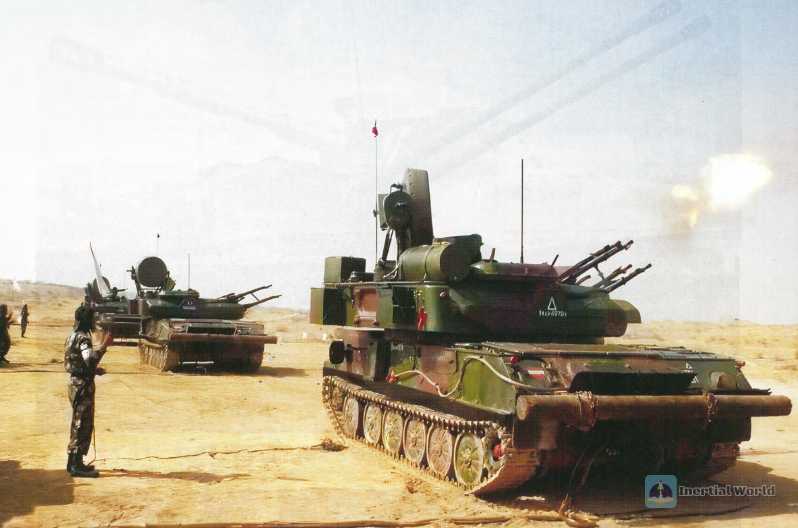
ZSU-23-4 is 6.54 meters long, 3.13 meters wide, 3.57 meters high, and weighs 19 tons. Compared with the first generation of anti-aircraft guns, it has been improved in two aspects: First, ZSU-23-4 is equipped with an RPK-2 air-to-air radar with identification and ranging functions. It is one of the earliest models in the world to install radar on self-propelled anti-aircraft guns. The radar has a response time of only 7 seconds, a tracking rate of 20 to 30 (degrees/second), a search distance of up to 20 kilometers, and a tracking distance of 8 kilometers. At the same time, it is equipped with a fire control computer and a sighting line stabilization device. The two are matched with radar to form an electronic fire control system to control shooting, improving shooting stability and shooting accuracy. However, since it does not have the ability to engage multiple targets, it needs to use an optical sight after being subjected to electronic interference. Second, the weapon of ZSU-23-4 has been changed to a 4-barrel AZP-23 type 23mm caliber anti-aircraft machine gun with an effective range of 2000 to 3000 meters and a base of 2000 rounds of ammunition. It can carry explosive incendiary tracer bullets and armor-piercing incendiary tracer bullets. The two types of ammunition are fixed on the ammunition belt in sequence, and are installed and fired in the form of 3 explosive incendiary tracer bullets plus 1 armor-piercing incendiary tracer bullet, which has a more effective marking and killing effect. The firing mode can be selected as 2 or 4 guns firing at the same time. The strongest firepower is 4 guns firing at 30 rounds at the same time. The firing rate and firepower density are significantly improved compared with ZSU-57-2. By coordinating tanks and mechanized infantry units to achieve high-density firepower output, it is named "four-barreled demon"
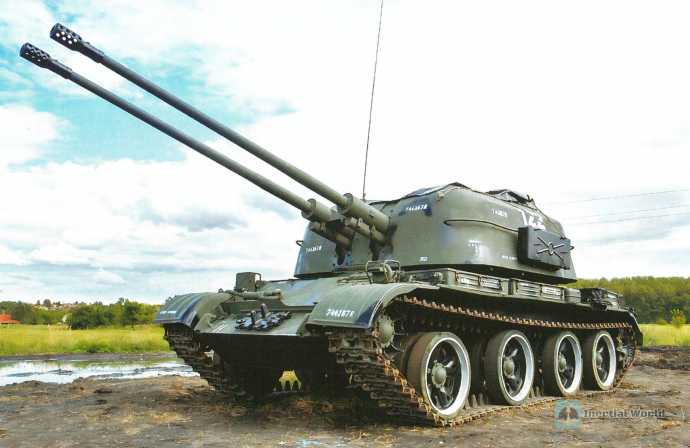
In terms of the body, the "Shilka River" uses a PT-76 amphibious tank chassis developed by the Soviet Union after World War II. The chassis adopts a steel welded structure. The body is wide and boat-shaped and is equipped with 15 mm thick thin armor on the front and sides to increase buoyancy. Considering that the armor is relatively weak, the designer increases the inclination to improve the armor protection capability. The PT-76 amphibious tank has a high production and wide export in the world. Direct modification can reduce manufacturing costs and save funds for the development of anti-aircraft weapons. It is reported that the ZSU-23-4 "Shilka" self-propelled anti-aircraft gun with this chassis has 15 mm front and side armor, and 9.2 mm front and rear side armor of the turret. It can be seen that the armor of the body is very weak. In order to increase the resistance of the armor, the designer compensates for the lack of armor by increasing the inclination of the armor. The front armor of the body is inclined by 35 degrees and the front armor of the turret is inclined by 75 degrees to increase the ability of frontal protection.

ZSU-23-4 uses a 280-horsepower V-6R water-cooled diesel engine, which can make the maximum speed of the self-propelled anti-aircraft gun reach 50 kilometers per hour. The fuel reserve of the body is 250 liters, which makes the anti-aircraft gun have a cruising range of 450 kilometers. It can be seen that the mobility and endurance of the ZSU-23-4 need to be improved compared with modern tanks, but its mobility is more than enough for accompanying ground armored forces on marches and quickly shifting positions to avoid enemy aircraft.
The turret of the ZSU-23-4 can rotate 360 degrees in all directions. The large elevation angle and small caliber allow it to attack low-flying aerial targets and lay down the barrel to attack ground targets. It can be used both high and horizontally, meeting the dual combat needs of low-altitude defense and horizontal strikes. The anti-aircraft gun brought this feature to the extreme in the two wars in Afghanistan and Chechnya. By turning the barrel to the horizontal, it "sweeps out" all the enemy’s living forces and protective building facilities in front of the ground forces, providing strong firepower cover for the infantry and close-range support for infantry operations. Therefore, the anti-aircraft gun has gained the reputation of "building demolition artifact" in urban street fighting.
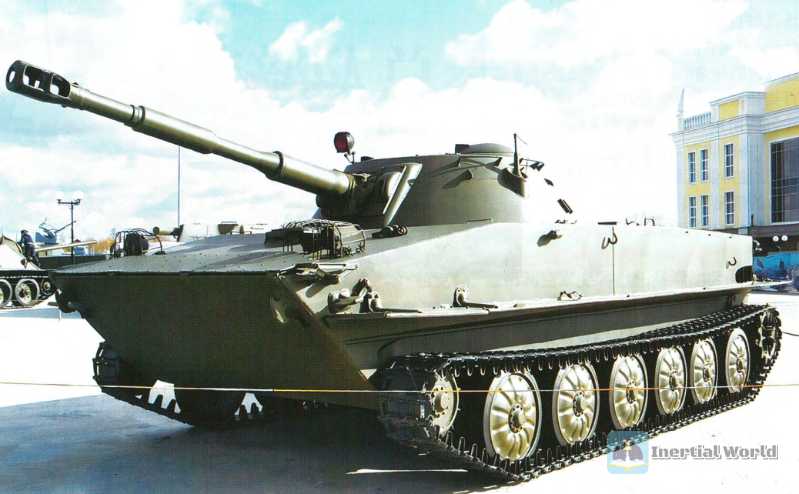
However, with the rapid development of scientific and technological weapons, the maintenance skills of relevant personnel for weapons and equipment are also continuously improving. To this day, the Shilka still uses water cooling to cool the barrel. In order to ensure that the heat generated by the barrel firing shells for a long time will not be overloaded, it has to stop firing frequently. This method makes the turret lack the ability to resist modern portable anti-tank weapons. In addition, the large number of equipment installed inside the ZSU-23-4 makes its operating room space extremely small. The noise generated by the simultaneous operation of multiple devices makes the operator’s working environment noisy, resulting in poor "habitability" in the tank room.

Old soldiers never die--Russia-Ukraine battlefield continues to write the legend of self-propelled air defense
Not long ago, Russian social media platforms released photos of the Russian army transporting ZSU-23-4 self-propelled anti-aircraft guns by rail to the eastern front of Ukraine. The strategic significance behind this move by the Russian army was intuitively understood by the outside world as the backward level of modernization of weapons and equipment. Faced with a new type of semi-unmanned intelligent war, the Russian army became increasingly helpless as the war progressed. In desperation, the old anti-aircraft guns were put into the battlefield to maintain their basic air firepower output. However, is this really the case? According to reports, in past conflicts, hundreds of reconnaissance or attack drones were involved in every stage of the battle every day. Both sides had large fleets, complete air defense systems and signal jamming systems, which made it necessary for both Russia and Ukraine to strike without approaching the enemy. The key to winning long-distance combat is the use of drones.
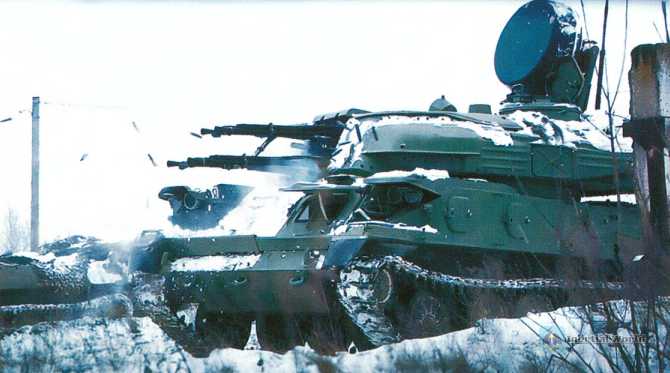
As the saying goes, "the higher the road, the higher the devil." Although the Ukrainian army has an integrated reconnaissance and strike drone combat group that is ahead of the Russian army, the actual combat drones are small in size and usually fly at low altitudes to collect intelligence and monitor targets. Reactivating "the world’s best self-propelled air defense weapon ZSU-23-4" has become Russia’s only choice to counter the Ukrainian army’s advanced unmanned combat system. Its advantages in deterrence and attacking low-altitude flying targets are fully utilized in defending against drones such as the "Switchblade" assisted by the US military. This type of suicide drone can be operated by a single soldier, has strong maneuverability, a single target and a certain flight trajectory, and is extremely easy to be intercepted. At the same time, in response to the complex battlefield situation where the Ukrainian army set up sniper points in hidden areas and between alleys and buildings to kill senior Russian generals, the ZSU-23-4 anti-aircraft gun can cooperate with reconnaissance drones to discover the enemy’s hidden firepower sniper points, and use its improved characteristics of expanded elevation range to achieve The targeted strikes can alleviate the unfavorable situation that the Russian commanders are seriously threatened when they are at the front line. At this point, Ukraine has gradually realized that the "Shilka" is still in good shape on the modern battlefield. The relevant Ukrainian experts have modified the ZSU-23-4 and developed a modified version numbered ZSU-23-4MA1. This type of anti-aircraft gun continues to move forward on the road of full digital control. The designers removed all equipment except the chassis and installed a new multi-function radar station with digital antenna array and surface-to-air missiles. Compared with the RPK-2 air radar, it has the ability of panoramic search, target acquisition, and basic multi-target tracking, and realizes all-weather and all-day combat. Recently, the Russian Marine Corps has driven the "ZSU-23-4 Shilka" self-propelled anti-aircraft gun into the Luhansk region. As the most front-line weapon system in the field of Russian air defense, whether its actual combat effectiveness can be further developed, let us wait and see as the Russian-Ukrainian conflict progresses.


